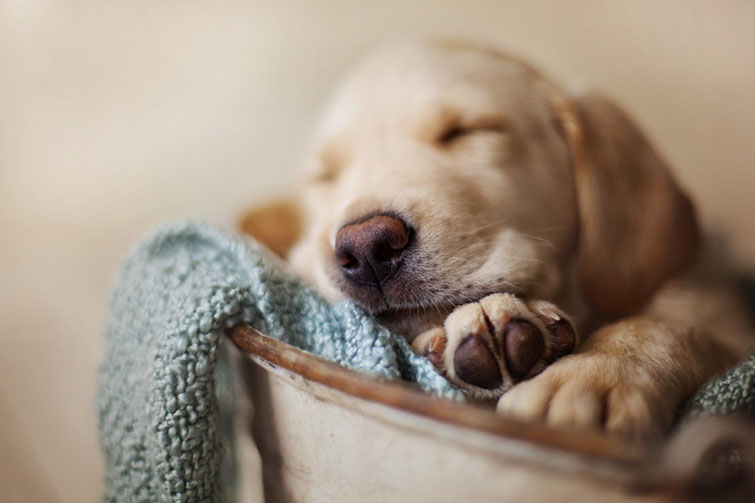

The Ultimate Guide to Choosing the Right Pet Grooming Supplies
A regular grooming routine is a cornerstone of responsible pet ownership. It does more than just keep your dog or cat looking their best; it's vital for their health and well-being. Proper grooming prevents matting, reduces shedding, allows for early detection of skin issues, and strengthens the bond between you and your pet.
However, walking down the pet care aisle can be overwhelming. With countless shampoos, brushes, and tools available, how do you choose the right ones? This guide will help you navigate the options and select products that are safe, effective, and tailored to your pet's specific needs.
1. Know Your Pet's Unique Profile
Before buying anything, consider your pet's fundamental characteristics. A one-size-fits-all approach does not work in pet grooming.
- Species: This is the most critical distinction. Products formulated for dogs can be toxic to cats. Cats groom themselves by licking, so any residue left on their fur is ingested. Dog shampoos often contain ingredients like permethrins (insecticides) or stronger fragrances that are poisonous to felines. Always use cat-specific products.
- Coat Type: Is your pet's coat short and smooth (like a Beagle), long and silky (like a Yorkshire Terrier), double-coated (like a Husky or Golden Retriever), or curly and wiry (like a Poodle or Terrier)? The brush and shampoo you need will vary dramatically.
- Skin Sensitivities: Does your pet have sensitive skin, allergies, or existing conditions like dryness or hotspots? Harsh products can exacerbate these issues.
2. A Deep Dive into Product Categories
A. Shampoos and Conditioners
A pet's skin has a different pH balance than human skin, so never use your own shampoo. Look for pH-balanced formulas designed for animals.
- For General Use: A gentle, hypoallergenic, oatmeal-based shampoo is a great choice for most pets. It cleanses without stripping natural oils and soothes the skin.
- For Specific Needs:Medicated Shampoos: Use these only under veterinary guidance for conditions like bacterial infections, yeast, or severe seborrhea.Flea & Tick Shampoos: These contain pesticides to kill pests on contact. They are a short-term solution and should be used with caution, especially in conjunction with other preventive treatments.Whitening/Brightening Shampoos: Ideal for white or light-colored coats, these contain optical brighteners to eliminate yellow or brown stains.Conditioners: These help detangle long fur, reduce static, and add moisture back into the coat and skin after a bath.
B. Brushes and Combs
The right tool makes grooming easier and more pleasant for both of you.
- Slicker Brushes: Excellent for removing mats, tangles, and loose undercoat in medium to long-haired breeds.
- Undercoat Rakes: Essential for double-coated breeds during shedding season. They reach through the topcoat to remove the dense, soft undercoat without damaging the guard hairs.
- Bristle Brushes: Ideal for short-haired breeds (like Dachshunds) and for distributing natural oils on the coat of any breed for a final polish.
- De-shedding Tools: (e.g., Furminator) Highly effective at reducing loose hair, but must be used correctly to avoid irritating the skin.
- Combs: A wide-toothed comb is perfect for working out final tangles after brushing, especially around sensitive areas like the face and ears.
C. Nail Clippers and Ear Cleaners
- Nail Clippers:Guillotine Style: Best for small to medium-sized dogs.Scissor Style: Good for larger dogs with thicker nails.Grinder Tools: These files the nail down gradually, which is great for pets (and owners) who are fearful of the "clip." It also leaves a smooth edge.Key Tip: Have styptic powder on hand to quickly stop bleeding if you accidentally cut the quick.
- Ear Cleaners:Use a vet-recommended ear cleaning solution. Avoid using cotton swabs deep in the ear canal. Instead, soak a cotton ball with the solution and gently wipe the outer part of the ear you can see.
3. Key Ingredients to Look For and Avoid
Reading the label is as important for pet products as it is for your own.
- Look For:Natural Ingredients: Oatmeal, aloe vera, chamomile, and coconut oil are soothing and moisturizing.Soap-Free & Detergent-Free Formulas: These are gentler on the skin.Hypoallergenic: A good choice for pets with sensitive skin.
- Avoid (or Use with Caution):Artificial Fragrances and Dyes: These can cause skin irritation and allergic reactions.Harsh Chemicals: Such as sulfates (SLS, SLES), parabens, and phthalates.Alcohol in ear cleaners, as it can sting and dry out the skin.
4. A Simple Checklist Before You Buy
- Is this product designed for my pet's species (Dog vs. Cat)?
- Does it suit my pet's specific coat type and skin condition?
- Have I read the ingredient list to avoid known irritants?
- Have I consulted my veterinarian, especially for medicated products or if my pet has known health issues?
- Have I considered my pet's temperament? (e.g., A quiet grinder might be better than clippers for a nervous pet).
Final Thoughts
Investing in the right grooming supplies is an investment in your pet's long-term health. Start with the essentials—a good shampoo and the correct brush—and build your kit from there. When in doubt, your veterinarian or a professional groomer is an excellent resource for personalized recommendations. A consistent, gentle grooming routine will ensure your furry friend not only looks fabulous but feels happy and healthy.






